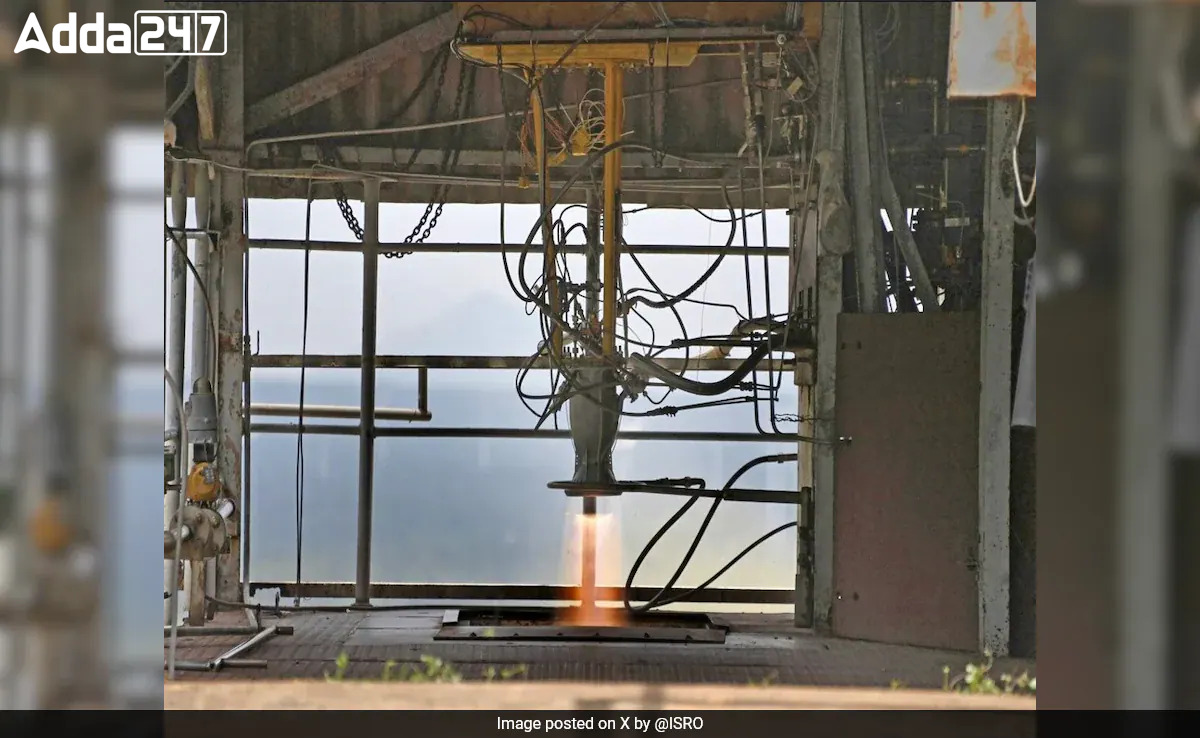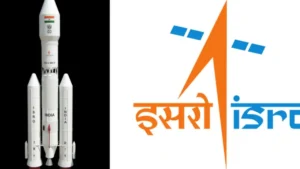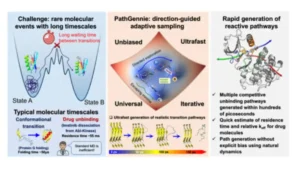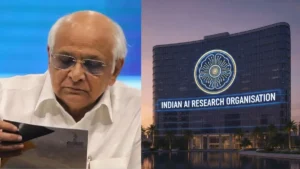In a landmark achievement for sustainable space exploration, Wipro 3D and ISRO have jointly developed and successfully tested a 3D-printed rocket engine for India’s Polar Satellite Launch Vehicle (PSLV). The engine, designed for the fourth stage (PS4), marks a significant advancement in additive manufacturing technology within India’s space program.
Design Innovation and Benefits
ISRO implemented Design for Additive Manufacturing (DfAM) techniques to redesign the conventionally manufactured PS4 engine. By utilizing Laser Powder Bed Fusion, the number of engine components was reduced from 14 to a single piece, eliminating 19 weld joints. This streamlined design drastically reduced raw material usage and production time, enhancing efficiency and performance.
Development and Testing
The PS4 engine, utilizing a bipropellant combination of nitrogen tetroxide and monomethyl hydrazine, was developed by ISRO’s Liquid Propulsion Systems Centre (LPSC). Wipro 3D, the Indian industry partner, undertook the additive manufacturing process. Comprehensive testing, including detailed flow and thermal modeling, structural simulations, and multiple hot tests, validated the engine’s performance parameters.
Rigorous Testing Validates Performance
Prior to the successful 665-second hot test, ISRO conducted extensive developmental testing, including four hot tests of the integrated engine. These rigorous evaluations confirmed the engine’s performance and reliability under various conditions, ensuring its readiness for operational deployment.
Future Implications
The successful hot testing of the 3D-printed PS4 engine marks a significant milestone in the adoption of additive manufacturing technology for rocket engines. ISRO’s plans to integrate this engine into the regular PSLV program signify a new era of advanced manufacturing techniques in India’s space endeavors, promising greater efficiency and sustainability for future mission.




 Rewind 2025: ISRO's Missions, Milestones...
Rewind 2025: ISRO's Missions, Milestones...
 India Develops Open-Source Tool PathGenn...
India Develops Open-Source Tool PathGenn...
 Indian AI Research Organization to Be Es...
Indian AI Research Organization to Be Es...







